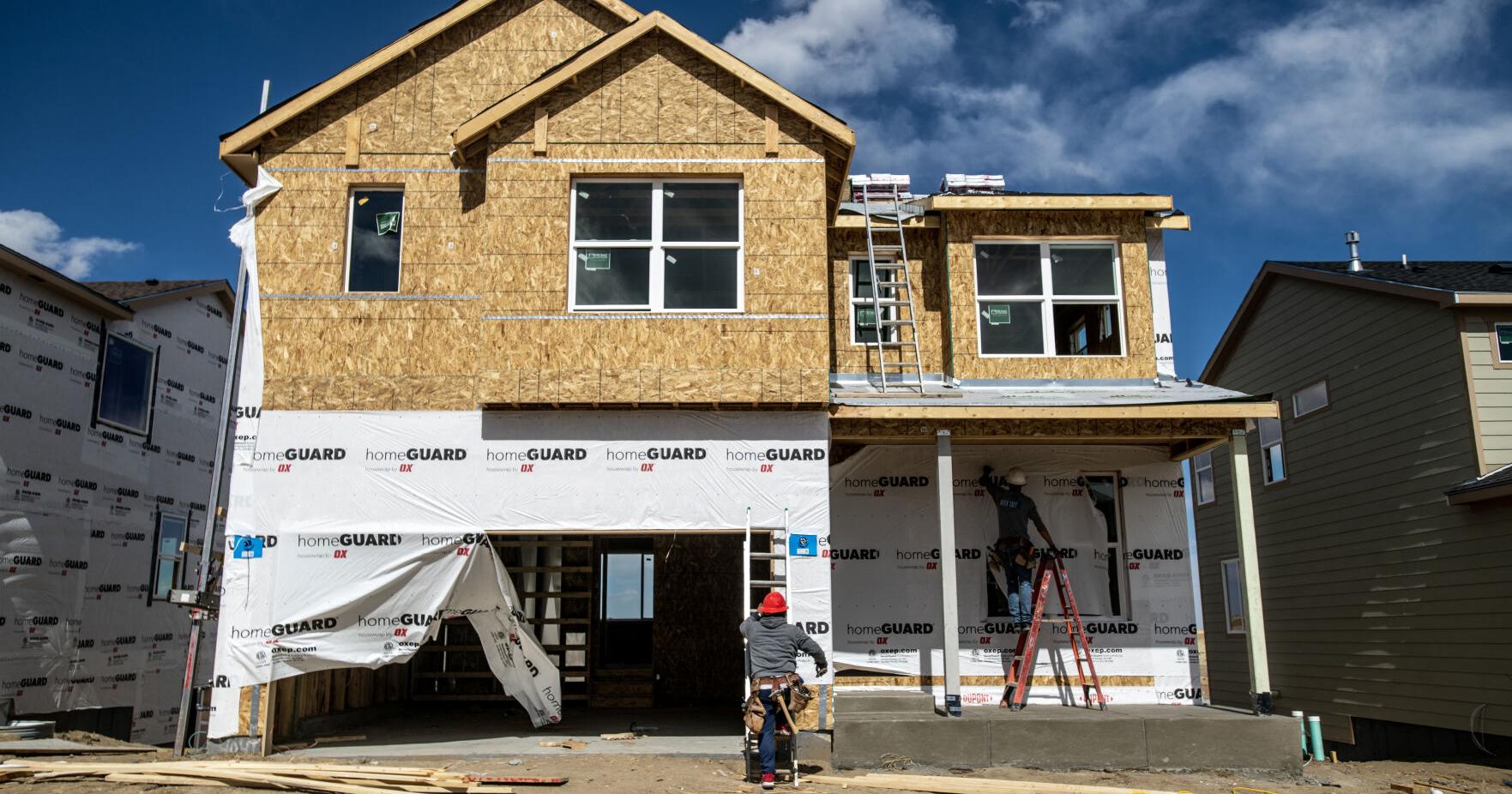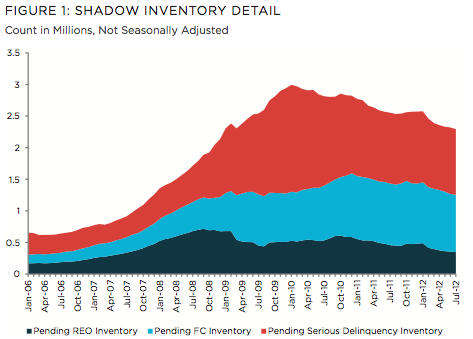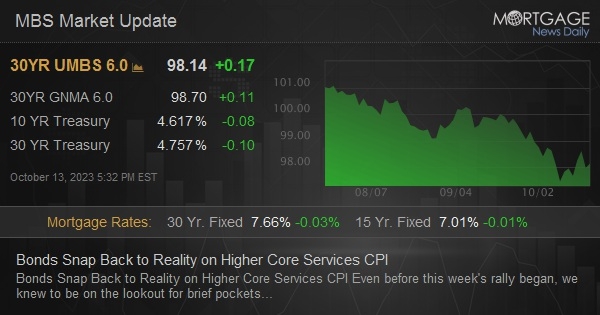
Mortgage rates that spiked last year have continued to rattle Colorado Springs’ housing market in 2023.
In September, for example, year-over-year home sales fell for the 16th consecutive month, a recent Pikes Peak Association of Realtors market trends report shows.
Homeowners who were able to sell their properties within days — and even hours — two to three years ago waited more than five weeks, on average, last month for a buyer to come along, according to the report.
A Pikes Peak Regional Building Department report shows that while single-family building permits — which signal the construction of new homes — rose modestly in September compared with the same time last year, last month’s total nevertheless was the lowest for any September since 2011 and continued a mostly weak trend of building permit numbers for the year.
“The market was dramatically affected by the rapid, historical increase in mortgage rates,” said Gordon Dean, a real estate agent with Re/Max Advantage in Colorado Springs and the incoming board chairman of the Pikes Peak Association of Realtors.
Got growth? Colorado Springs residents, developers debate as decades-long trends continue
From mid-2019 through 2021, 30-year, fixed-rate mortgages — the most common loan for homebuyers —plunged to an average of 3% and below nationally, according to mortgage buyer Freddie Mac.
Those historically low rates fueled homebuying nationwide and, combined with a shortage of new and existing properties available for purchase, sent home prices to record highs in markets such as Colorado Springs. Home sellers often fielded multiple offers for their properties and frequently received bids that topped their asking prices by thousands and tens of thousands of dollars.
When 2022 began, 30-year, fixed-rate loans averaged 3.22% nationally, Freddie Mac figures show.
After the Federal Reserve began to hike interest rates last year to curtail soaring inflation, however, mortgage rates began a steady ascent. By year’s end, after briefly topping 7%, long-term mortgage rates stood at 6.42%.
Long-term rates stayed below 7% for much of this year, but began to climb again in late summer. By mid-August, 30-year, fixed-rate mortgages had jumped again; on Thursday, they rose to a national average of 7.57%, which was the highest since 2000.
“Several factors, including shifts in inflation, the job market and uncertainty around the Federal Reserve’s next move, are contributing to the highest mortgage rates in a generation,” Sam Khater, Freddie Mac’s chief economist, said in a news release this month. “Unsurprisingly, this is pulling back homebuyer demand.”
And because many homebuyers felt priced out of the market because of higher rates or they no longer could qualify for a mortgage, the pace of buying, selling and construction slowed in Colorado Springs and the Pikes Peak region, along with other areas nationwide.
“I think it’s a good market because the demand is high,” said Grace Covington co-owner and co-CEO of Covington Homes, a Springs builder.
“We have a lot of people who are ready, willing and want to buy, (but) just not able because of interest rates.”
With the third quarter in the books, here’s a snapshot look at where conditions stand for Colorado Springs’ single-family housing market:
• Home sales have fallen and can’t get up — or so it seems.
Space Command decision expected to positively impact Colorado Springs real estate market
In September, Colorado Springs-area home sales totaled 1,008, a 22.1% decline from the same month last year, the Realtors Association’s market trends report and Gazette historical data show. Likewise, last month’s total was the fewest number of home sales for any September since 2013.
“That’s not much, literally,” real estate agent Harry Salzman of Salzman Real Estate Services and ERA Shields Real Estate said of September’s sales.
Other numbers in the association’s market trends report and Gazette historical data that underscore the slowdown in sales: Year-over-year home sales have dropped each month since June 2022; sales for the first three quarters of this year totaled 9,402, a 24% drop from the same period a year ago; and year-to-date sales for 2023 are at their lowest point since the same period in 2014.
Also, homes spent an average of 38 days on the market before selling in September, up from 25 days a year ago.
• Pickings still are relatively slim when it comes to finding a home to purchase.
The supply of homes listed for sale at the end of September totaled 2,484. On the one hand, that total rose 2.6% over August and was the highest for any month since October of last year.
Yet, from a historical standpoint, inventory is low. In pre-Great Recession years, September listings routinely topped 4,000, which provided homebuyers with many more choices, Gazette historical data show.
Residents in Colorado Springs’ outlying areas watch as growth creeps closer
Some owners who bought their properties or refinanced when mortgage rates were in the 3% neighborhood and are considering selling are holding on to their properties for now, which has contributed to the tight inventory, real estate experts say.
Sure, those homeowners might want to move up or downsize, but they’re not willing to abandon their rock-bottom mortgage rate and take on a new loan that’s in the 6% to 7% range, the experts say.
At the same time, some homebuyers who purchased in 2021 or 2022 haven’t seen their values appreciate enough to a point where they can sell their property and get the price they need to pay off their mortgage and real estate costs, said Patrick Muldoon, broker/owner and president of Colorado Springs real estate company Muldoon Associates.
As a result, those homeowners aren’t selling, he said. Instead, they’re calling the property management side of his business, Muldoon said, and looking to rent their homes. That keeps those properties from being added to the overall inventory of houses for sale.
“I can’t sell my house or I tried to sell my house or I’m upside down on my house and my next option is, I’m a forced landlord,’” Muldoon said he’s hearing from some homeowners.
• Despite slow sales, home prices rose in September.
The median price of homes that sold last month rose to $475,000, a 3.3% year-over-year increase, the Realtors Association report shows. It was the first year-over-year increase in median prices since November 2022.
But if sales fell in September, why did prices increase? Blame tight inventory, Salzman said.
“It’s got to be supply and demand. Not a doubt,” he said. “We don’t have very many selections for people to take a look at, no matter what the price range is. Particularly, even if you’re, say, under $500,000 in a purchase price? There’s not much inventory to select.”
As a result, some sellers can list their homes at prices that are a little more aggressive than a few months ago, Salzman said.
“You’re going to get a better price today because if you’ve got a buyer today at these interest rates, they’re a motivated buyer,” he said. “And when you’re a motivated buyer, sometimes you might have to pay a little more, like we did a couple years ago, because there’s no inventory.”
Stay in the know on the stories that affect you the most.
Success! Thank you for subscribing to our newsletter.
#nsltr
min-width: 100%;
margin: 10px 0;
padding: 10px 20px;
background-color: #0f69e9;
background-image: url(https://static.gazette.com/emails/circ/Audience%20Images/cs%20news%20alerts.png);
background-size: cover;
#nsltr-header
color: #ffffff
#nsltr-body
text-align: center;
color: #ffffff
#nsltr-button
margin-top: 5px;
#successnsltr
min-width: 100%;
margin: 10px 0;
padding: 10px 20px;
background-color: green;
text-align: center;
color: white;
#successnsltr a
color: white;
.hideblock
display:none;
h6 a
color: black;
text-decoration: none;
padding: 5px;
background-color: #bbccdd;
font-weight: 600;
5 growth hotspots around Colorado Springs: A closer look
Muldoon suggested that the latest figures showing an increase in median prices in September might be misleading. Some of the homes that sold last month are on the high end of the price range, which pushed up the overall median price, he said.
A real estate agent friend told him “we’re only grading the winners,” Muldoon said. “We’re looking at the stats and we’re only grabbing the houses that have sold, and those houses that have sold are the upper end of the bell curve.”
And some sellers still are getting top dollar for their properties, even as the market has cooled.
Attractive properties that are in good condition and priced correctly to reflect the current market and comparable homes in their neighborhood still can receive multiple offers — just not nearly as many as a few years ago, said Dean, of Re/Max Advantage.
“When you can provide someone in a desirable school district and great condition and, hypothetically, a stucco rancher with three bedrooms on the main (floor), that is a golden goose egg in the marketplace and I would be shocked if, priced correctly … it’s probably going to draw multiple offers,” Dean said.
In fact, he said he and his wife, Amy, who’s also a real estate agent, marketed a home that fit that description — and fielded a cash offer that came in about $15,000 over the seller’s asking price.
• The new home side of the housing market also has felt the effects of high mortgage rates.
In September, building permits issued for the construction of single-family, detached homes totaled 136, a slight, 1.5% increase over the same month a year earlier, according to the Pikes Peak Regional Building Department. That figure doesn’t include townhomes, condominiums or duplexes.
As Colorado Springs grows, 20-somethings are the fastest growing cohort
Even with last month’s increase, and an inflated number of permits that builders pulled in June in advance of a building code change taking effect, single-family permits for the first nine months of 2023 totaled 1,791 — a nearly 35% nosedive from 2,738 during the same period in 2022.
“The interest rate environment is certainly the main culprit for that,” said Tom Hennessy, president and CEO of Challenger Homes, one of Colorado Springs’ largest builders. “When you have interest rates pushing 8%, you’re just making affordability that much more difficult for that many more people.”
The difficulty in affording today’s higher mortgage rates stands in contrast to a generally positive outlook for the Springs, Hennessy said.
“What’s really kind of interesting is, there’s still people looking (for homes) and Colorado Springs’ economy is still generally pretty good,” he said. “Unemployment is still low. We still have a lot of jobs moving in. We have a lot of military in and out of the area. People want to buy. It’s just of matter of can they buy?”
Not only have buyers been stymied by high mortgage rates, but their costs for consumer goods, utilities and other expenses have soared because of inflation, said Covington, who’s co-CEO and co-owner of her homebuilding company with her husband, Ron.
Businesses saddled with high interest rates for loans have passed on their increased costs to consumers, which also affects their personal finances and their ability to buy homes, Grace Covington said.
“We really just need to get inflation under control and rates down again,” she said.
For now, Challenger, Covington and other builders continue to woo buyers with mortgage rate buydowns — incentive programs in which they effectively reduce, or buy down, a mortgage rate for the first few years of a loan to help buyers afford monthly payments and get them into a new home.
A year ago, builders also might have offered incentives such as discounts on premium lots or reduced prices on home upgrades to interest a buyer, Hennessy said.
Now, however, mortgage buydowns are the main focus for builders, he said.
“Today, it pretty much all deals with house payment and buying down the mortgage rate,” Hennessy said.
“The name of the game today is house payment. How can I get into a house with a payment that I can afford?”
• What’s ahead for Colorado Springs’ housing market?
That’s a question that every real estate agent and builder wants to know.
Who Are We? What the population numbers for El Paso County and Colorado Springs show
Salzman advices homebuyers who can afford a home to take the plunge now, even if prices remain high. The value of their investment always will appreciate over time, he said, and today’s 7% mortgage can be refinanced lower when rates fall.
Even if rates are high today, Salzman suggests that buyers talk with their mortgage lender to ask about getting a break on their loan origination fee in exchange for agreeing to refinance with the same lender in two to three years.
“Because their business is way down, anything is negotiable,” Salzman said of mortgage lenders.
A drop in mortgage rates, not surprisingly, would help boost sales and the overall market, Dean said. But how far would rates have to fall?
Six percent and below, he said, would help encourage borderline buyers to jump back into the market and persuade owners with a low mortgage rate to feel comfortable leaving it behind and accepting a higher rate to get the home they want.
“If we do see a reasonable drop, and I say reasonable, 6 flat on interest rates, we’re going to have a very robust market again,” Dean said.
Colorado Springs’ ‘beating heart?’ Check the pulse of downtown, mayor and area backers say
“For me personally, at the end of the day … it’s that interest rate that’s going to be the main driver for anybody,” he added. “Affordability. That’s affordability, in my opinion.”
Muldoon, however, echoed his previous bearish comments on the outlook for the housing market.
A recession in 2024, waves of layoffs, more bank failures, continued high interest rates and other national economic forces could have a ripple effect on local businesses and employers in Colorado Springs, Muldoon said. As a result, the local housing slowdown could continue and even worsen — with falling prices being one of the biggest impacts, he said.
“If Colorado Springs started showing signs of economic issues,” Muldoon said, “then you would see sellers start with some pretty swift reductions on prices.”
Source: gazette.com







